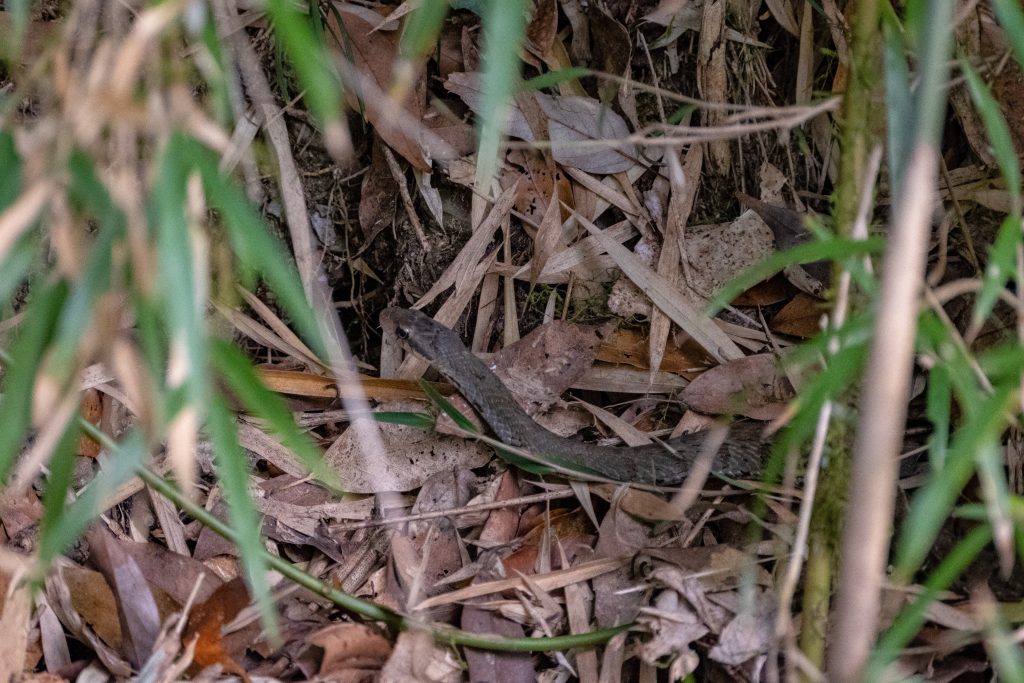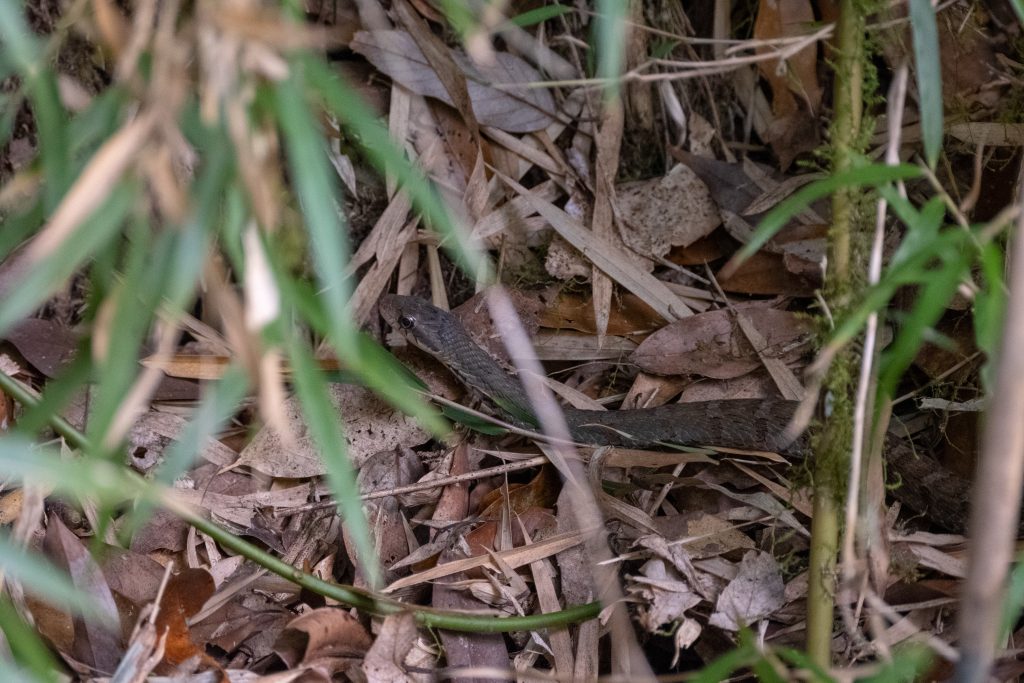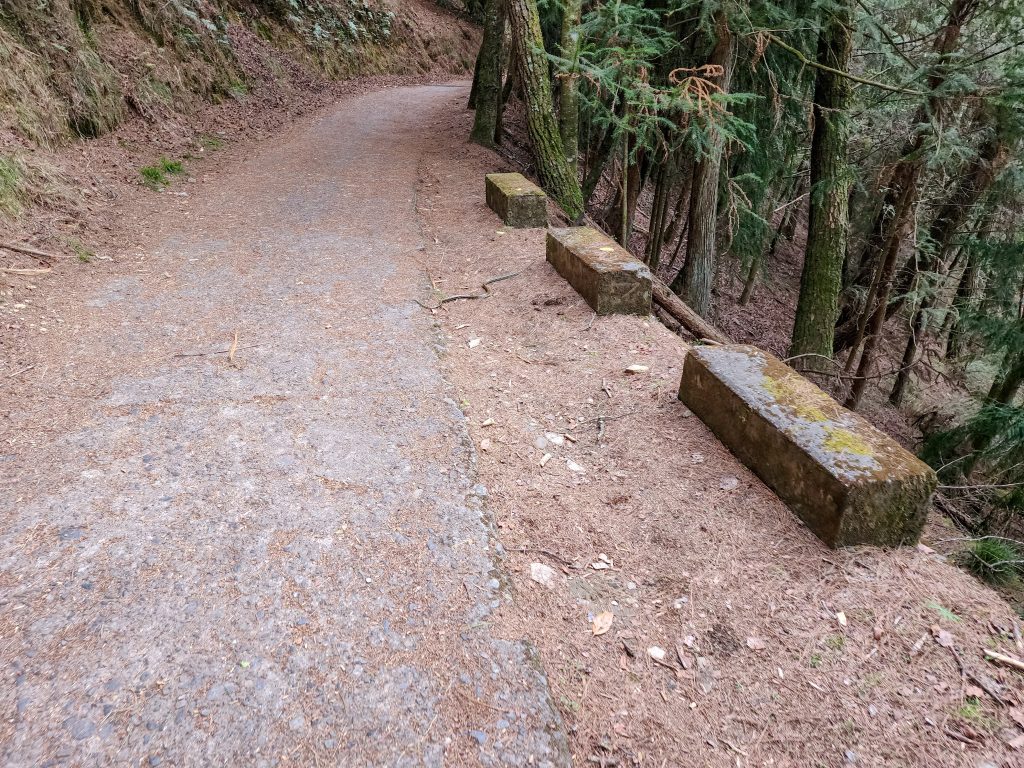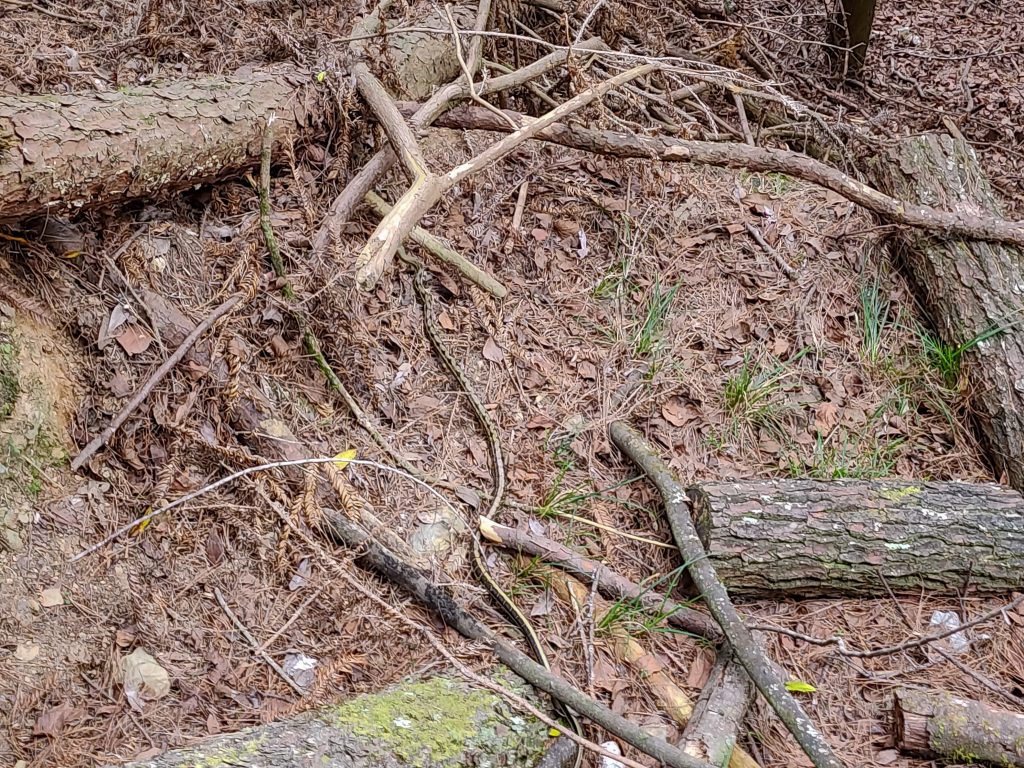https://www.taiwan-snakes.tw/
– search by color
– common home intruders at low altitude
– search by classification
https://www.snakesoftaiwan.com/
Books: [台灣兩棲爬行類圖鑑] [台灣蛇類大驚奇]
Photo Blogs:
General Info: [Gernot Vogel (SE Asian species, Trimeresurus and Boiga)]
Forums: [Field Herp Forum]
https://culture.teldap.tw/culture/index.php?option=com_content&id=1124
https://www.ryanhevern.com/blog/2020/3/16/snakes-in-taiwan-a-quick-rundown
https://topics.amcham.com.tw/2020/07/about-taiwans-snakes/
https://www.cmuh.cmu.edu.tw/HealthEdus/Detail_EN?no=9684
https://www.tbri.gov.tw/A10_1/content/33687
https://hoher.idv.tw/blog/?p=1186
Six Main Venomous Snakes
雨傘節
Features:
Behavior:
Distribution:
Bite Symptoms:
Bite Treatment:
眼鏡蛇
Features:
Behavior:
Distribution:
Bite Symptoms:
Bite Treatment:
Hundred Pacer 百步蛇/尖吻蝮屬 (Deinagkistrodon acutus)
Features:
Behavior:
Distribution:
Bite Symptoms:
Bite Treatment:
Chinese Green Tree Viper 赤尾青竹絲 (Viridovipera stejnegeri)
Features: thin neck, large triangular head, green body, red eyes, 1 white or 2 red-white lines running along side of body, brick-red colored tail.
Behavior: Seen both day and night, though mostly at night. Eats frogs, lizards, small rodents, birds. Ovoviviparous. Often coiled around branches in brushwood. When disturbed, it raises its head and coils its body. The tails waggling restlessly is a sign that it is about to attack.
Distribution: Found at medium and low altitudes in brushwood, bamboo groves, mountain gullies, river valleys and dry farmland throughout Taiwan. From sea level to 2000m.
Bite Symptoms: [Hemotoxin] Usually feels extremely painful, like hot iron branding, pain doesn’t subside for 24 hours. Within a few minutes, surrounding flesh dies and turns black, highlighting puncture wounds. Wound swells, skin and muscle become black due to necrosis. Area size depends on amount of venom and depth of bite.
Bite Treatment: Pit Viper or Green Tree Viper anti-venom.
Links: [維基] [Wiki] [Snakes of Taiwan] [Reptile Database]
龜殼花
Features:
Behavior:
Distribution:
Bite Symptoms:
Bite Treatment:
鎖鏈蛇
Features:
Behavior:
Distribution:
Bite Symptoms:
Bite Treatment:
戴紋赤蛇
Features:
Behavior:
Distribution:
Bite Symptoms:
Bite Treatment:
環紋赤蛇
Features:
Behavior:
Distribution:
Bite Symptoms:
Bite Treatment:
菊池氏龜殼花
Features:
Behavior:
Distribution:
Bite Symptoms:
Bite Treatment:
阿里山龜殼花
Features:
Behavior:
Distribution:
Bite Symptoms:
Bite Treatment:
Venom Types:
Necrotoxins, which cause necrosis (i.e., death) in the cells they encounter. The venoms of vipers and bees contain phospholipases; viper venoms often also contain trypsin-like serine proteases.
Neurotoxins, which primarily affect the nervous systems of animals, such as ion channel toxins. These are found in many venomous taxa, including black widow spiders, scorpions, box jellyfish, cone snails, centipedes and blue-ringed octopuses.
Myotoxins, which damage muscles by binding to a receptor. These small, basic peptides are found in snake (such as rattlesnake) and lizard venoms.
Cytotoxins, which kill individual cells and are found in the apitoxin of honey bees and the venom of black widow spiders.
Hemotoxin, causes destruction of red blood cells (hemolysis), disrupt blood clotting, and/or cause organ degeneration and generalized tissue damage. Common in snakes like vipers and pit vipers and spiders like brown recluse.




Leave a Reply